Discovering new problems on my old boat, undersized wires edition
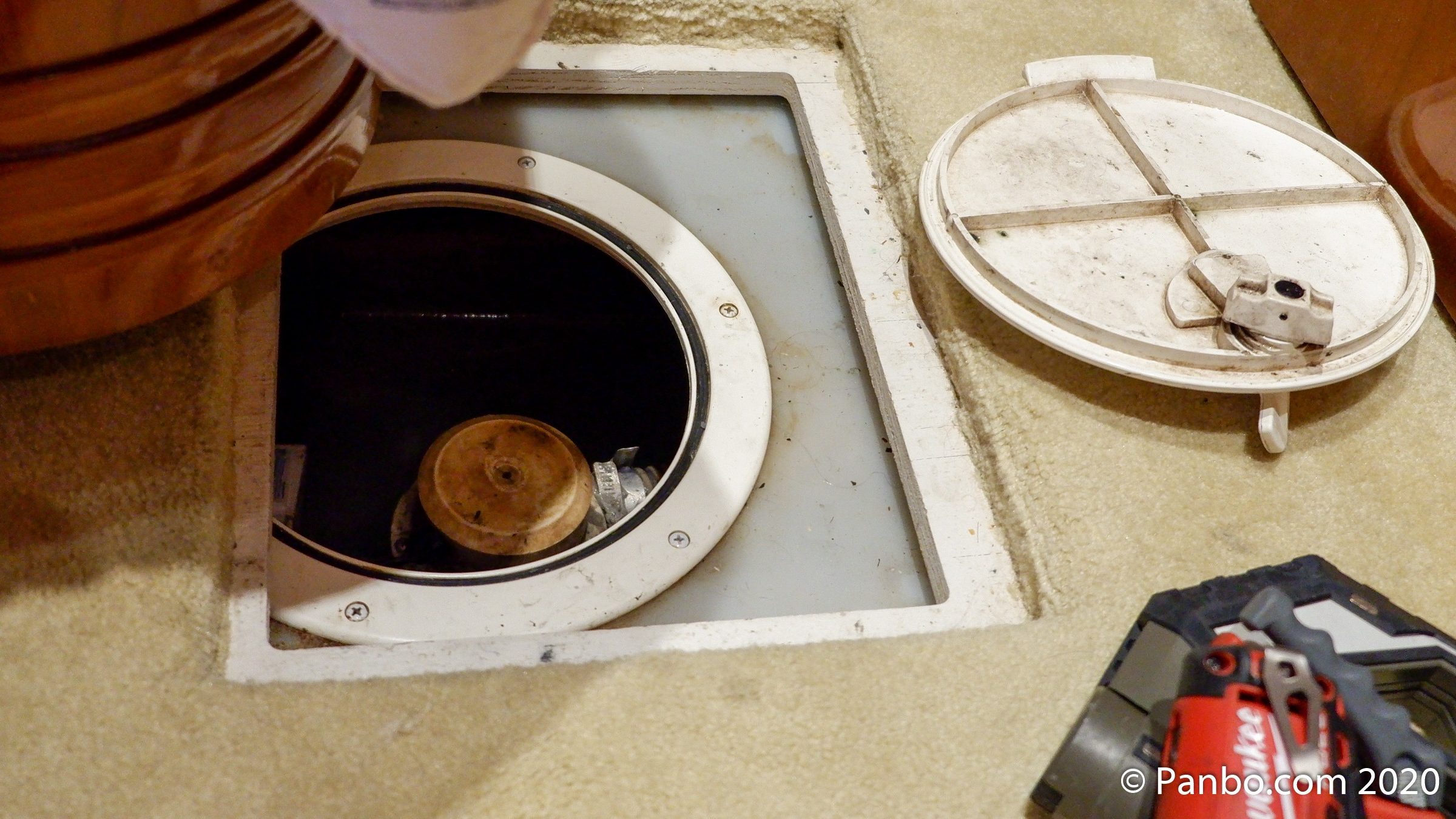
Have Another Day is a 2003 Carver Voyager 570 that I’ve owned for about six and a half years. I’ve probably taken apart more of this boat than most owners would, but yet — on a surprisingly regular basis — I still discover new things about her. Most recently I found some potentially dangerous undersized wiring in the gray water sump for the shower.
Shower sumps can be the bane of a boaters’ existence, especially for liveaboards, so you’d think that living with three long-haired shipmates, I would constantly fight mine. Fortunately, that’s not the case; Carver didn’t use one of the typical small shower sumps, instead opting for a very large (I’d estimate around 10 gallons) reservoir that gets emptied by a 2,000 gallon-per-hour bilge pump. This arrangement has proved reliable in the time we’ve owned the boat but all good things must come to an end at some point.
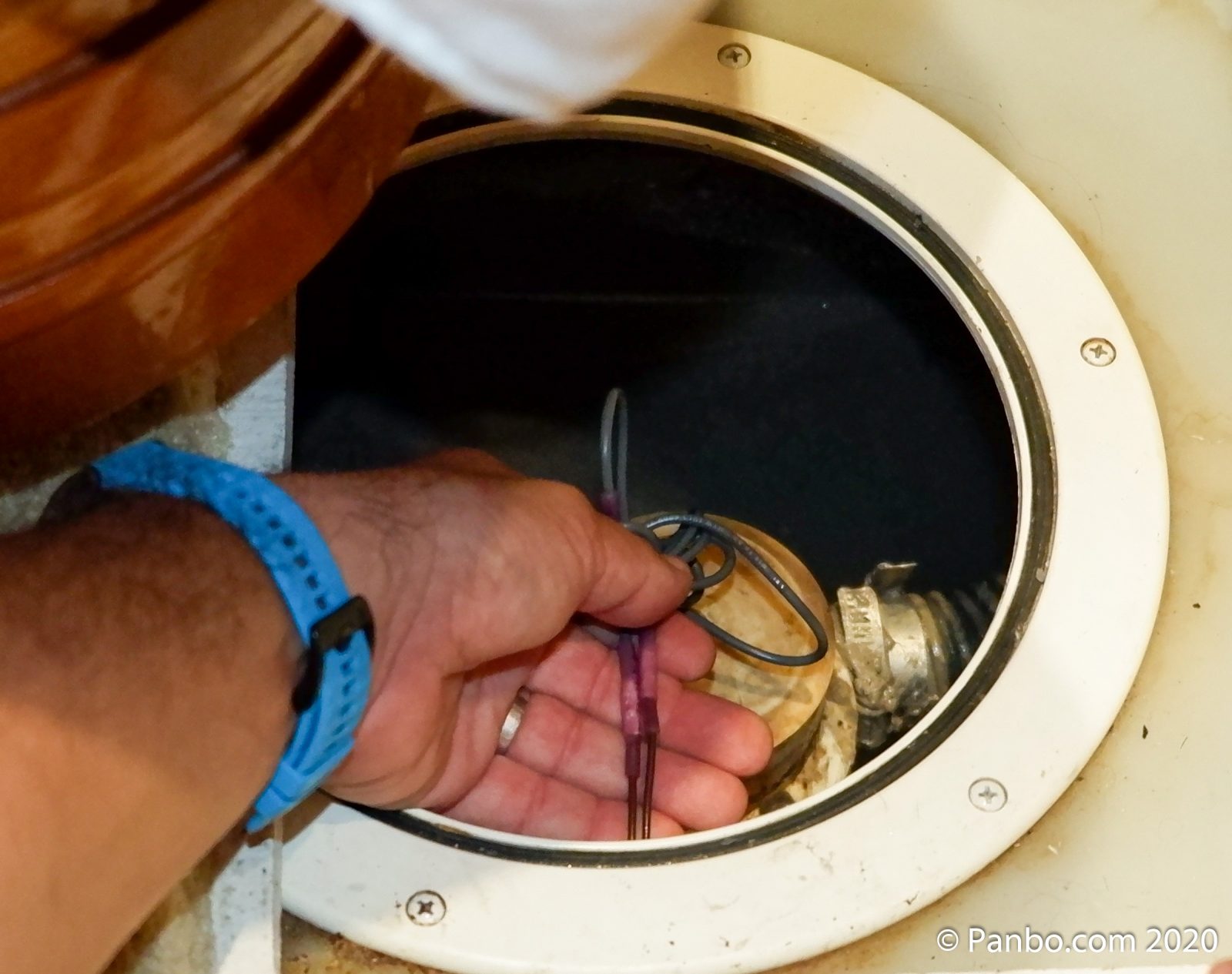
I recently found my dry bilge system was running longer than normal which lead me to realize the float switch in the gray water sump had failed and water was overflowing the sump into the bilge. No big deal, I’ll just replace the switch and move on with my day… or so I thought. When I went to crimp the leads for the new float switch, I discovered surprisingly small wiring. It has spent quality time in the sump so if it ever had markings on the jacket I can’t read them anymore, but I’d guess it’s 20 gauge or similarly very small. Of much more concern: when I replaced the float switch and ran the pump, the wire became quite warm to the touch, warm enough to be uncomfortable to touch, in fact.
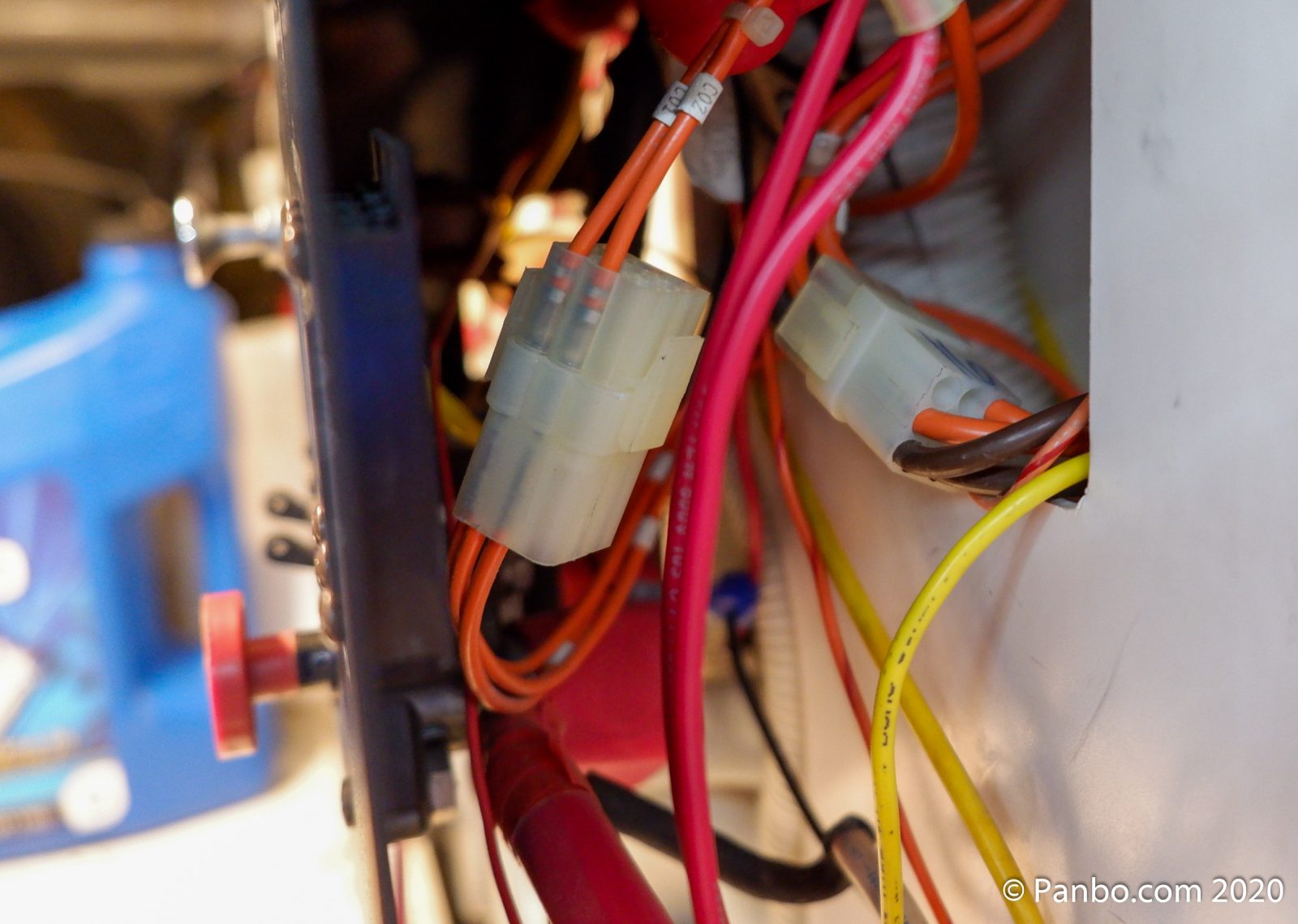
It’s a mystery to me how this small wire came to be powering a large bilge pump. Carver is a volume builder and they build to a price point, but I’ve been consistently impressed with the quality of their electrical work. Everywhere on the boat I look I typically see oversized conductors and I’ve never seen anything undersized. So, I suspect this is the result of some modification that predates my ownership, but was after the boat left the factory. Even that theory is a little tough for me to understand because the sump is in a location that is very difficult to reach (except for the small hatch pictured) and the wiring is all still very neatly contained with no signs of cuts or modifications until it disappears under the floor of the master stateroom.
I contacted Carver for any guesses about what might have happened and more importantly, how I might run new wire through the floor of the master stateroom, under the closet, into the engine room, under the generator, and finally to the engine room sub-panel. A Carver representative theorized that the factory may have run small gauge wiring for an indicator light and it got repurposed to carry the primary power for the pump. This seems possible but leaves me wondering where the original wiring went. Regardless, I wasn’t comfortable with the current set of circumstances so I needed to come up with an alternative. But, the prospect of running replacement wiring through that path sounded like a nightmare.
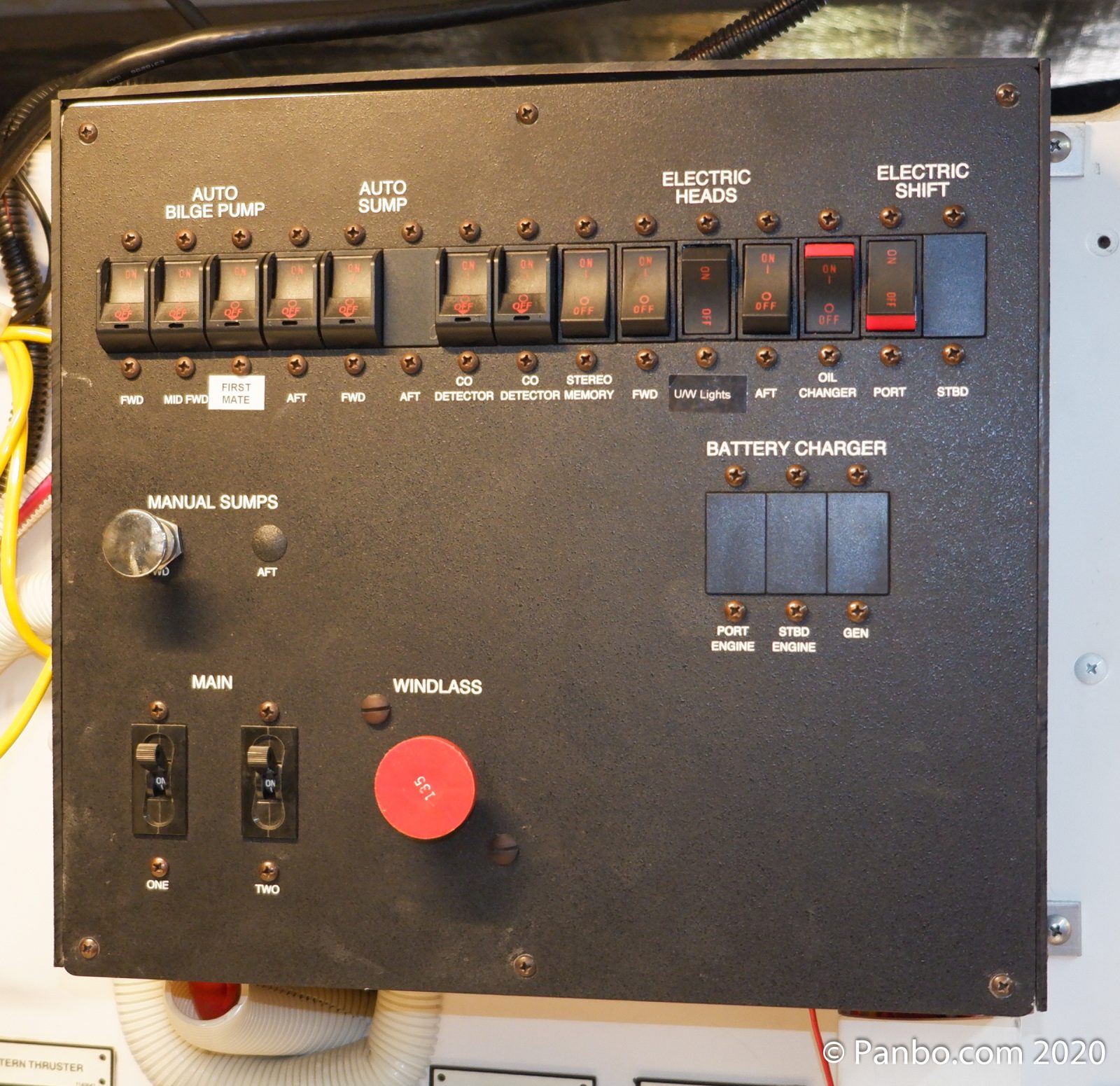
Mercifully, Carver also ran a manual override that allows you to run the pump from a switch on the engine room DC sub-panel. I realized that wiring also goes to the gray water sump and is much more appropriately sized 14 AWG. So, with a few modifications to the wiring at the engine room sub-panel and in the sump, and now it has a float switch safely powered by properly sized wire. This does leave the manual control with undersized wiring, but I can count on one finger how many times I’ve used that switch. And if I ever need to manually activate the pump, I’ll lift the float switch.
I’m often surprised at the things I continue to discover after quite a few years of ownership of this boat. I think it’s a good reminder of how complex our boats can be and not to assume that just because something has worked for a while, it’s done right. Obviously, the wiring arrangement wasn’t so dangerous as to cause any troubles, but I do think it could have lead to a bad outcome if the float switch became stuck up, the pump jammed, or something else caused continuous draw on the circuit. So, I’ll leave you with a reminder that looking at your boat and its configuration with a little skepticism can help find problems that, if left unchecked, may cause you trouble down the road.


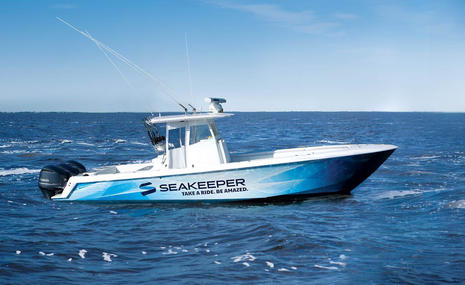
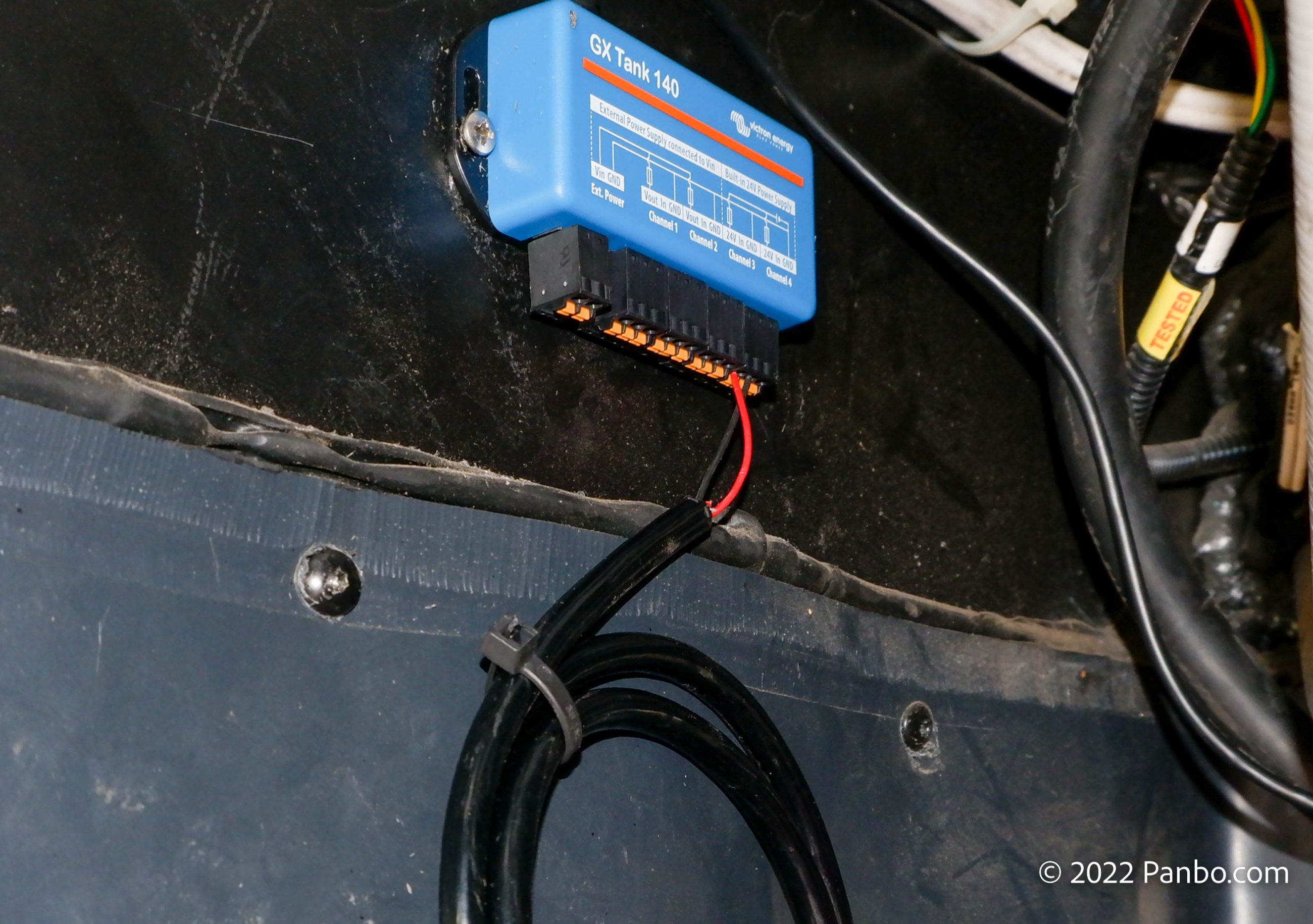
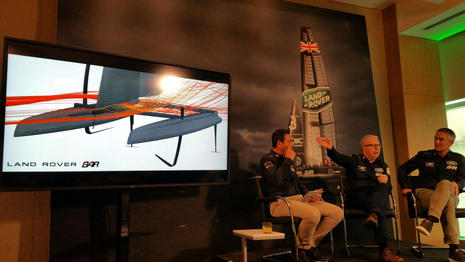









Very enlightening surprised Carver said that could have happened.
Ben,
I have the same set up in my Carver. However there are only two wires coming into the gray box. Where did you find any additional wires. Mine have gotten very short over time with people butt splicing as they have changed components.
I am thinking the next time I have a failure, I am going to have to run new wires to that gray box. Not looking forward to that.
Tony,
Mine had four wires from the factory. Two for the float switch, one supplying ground to the pump and the last positive coming from the manual switch in the engine room. One of the float switch wires and the manual wire meet somewhere under the floor and out of view or reach.
So, if you only have two wires and they’re undersized or corroded you will likely have to run new wires and if it’s like my boat that wont be the most fun you’ve ever had.
-Ben S.
Ben,
Good article and you raise an important issue. I too have discovered serious electrical deficiencies in “price-point” boats, not to name names, some much newer than yours. Invariably they all proudly displayed the NMMA “certification”, ostensibly indicating that they were constructed to ABYC standards.
The sad fact is there is zero enforcement or inspection requirements to meet this “certification”, and in fact it remains entirely voluntary on the part of the builder. The boat buying public remains largely ignorant of this fact. Bottom line – buyer beware. Educate yourself so you know what you’re looking at, or hire someone who does. Even newer, factory boats can come with some serious short-comings….
If I understand the problem correctly, they ran appropriately sized conductors for the actual pump, but undersized wires for the float switch?
Did you consider just finding a happy-home for a 12V relay (coil driven by the float switch) and just call it a day?
I worked on a 42 Catalina where the owner noticed a flickering of the bilge pump run indicator light. Factory wiring had used standard crimps and tried to squirt silicone sealant into the ends then covered with split loom and electrical tape. Then the whole mess was dropped next to the pump in an inch of bilge water. Lasted a few years…
I offer a different perspective: why would the factory install a 2000 gallon per hour pump in the shower sump? My 1970 Chris Craft Commander has a much smaller sump box and it contains a much smaller pump. Perhaps a better approach might be to consider replacing the large pump with a smaller pump, such as the Rule Lo Pro LP900S which integrates the float sensor. The choice has served me well on a number of boats, and while I have to clean the bilge sludge from the primary pump’s sensor in the Chris Craft, it has outlasted all previous choices.
Why continue to keep such a large pump in the shower sump?
I can’t disagree that 2,000 GPH feels like overkill. But, I’ve often noticed that larger pumps (and hence larger motors) prove more reliable. The pump in the sump is at least 10 years old, and likely original to the boats, and still going strong. Plus, it’s got a 1.5” discharge hose running to it that would require adapters. In this case, the pumps not broken — just the wiring to it was — so I don’t see a reason to fix it. Especially since fixing it would, at minimum, require cutting back the discharge hose and working in an adapter.
-Ben S.
Woody, the author states the existing wire appears to be in the neighborhood of 20AWG. I can’t imagine ANY pump would draw a small enough current to make that wiring feasible. I think Ben has the right idea…